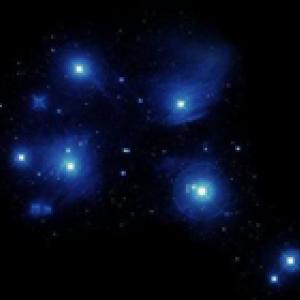The rising of Matariki (the Pleiades cluster of stars) just before dawn low on the north-eastern horizon, has signaled the beginnings of the Māori New Year in Aotearoa for over a thousand years.
In recent times, Matariki has been somewhat ‘standardised’ by wider NZ and is now celebrated by the nation as a whole in early June. However the exact timing of Matariki and acknowledgements of this event are specific to each individual iwi / hapū and their location in Aotearoa.
Associate Professor Rangi Matamua, an NPM Principal Investigator (Ringihia i te ketenui a Tane: The language of the Stars) and researcher based at the University of Waikato's School of Māori & Pacific Development says that in 2016, the universally accepted date of June 6th is completely wrong. He says that Matariki is not even visible yet. "The correct time is during the last quarter of the moon cycle, or the Tangaroa nights of the moon, which this year is from 28th June to 1st July. This is also when you will actually be able to see Matariki in the sky, which helps!” (link to Sciblog article on Matariki).
Rangi was a Fulbright-NPM Scholar in 2014, and his NPM research project delved deeply into understanding how Māori astronomy is embedded within the linguistic record and linguistic landscape of Aotearoa, and how this knowledge can be revitalised in a modern world (link to video on his research).
He has continued this research, and now leads a new Marsden Fund project Te Mauria Whiritoi which is engaged in examinations of Māori beliefs, practices and observations in relation to astronomy, ecology and ritual and finding ways to create an interface between Māori astronomy and ‘Western’ science.
Here at NPM we acknowledge the Māori New Year with the rest of the country, the start of the first month - Pipiri - and on the 28th June, when Matariki emerges over the horizon for the first time, we will celebrate the traditional beginnings of a New Year.
Matariki atua ka eke mai i te rangi e roa,
E whāngainga iho ki te mata o te tau e roa e.
Divine Matariki come forth from the far-off heaven,
Bestow the first fruits of the year upon us.
